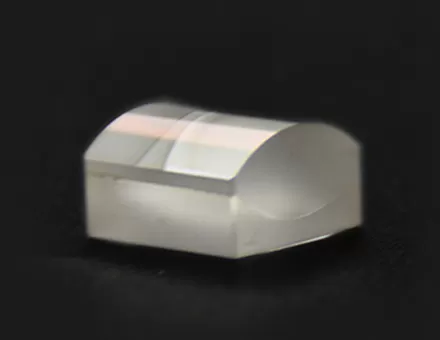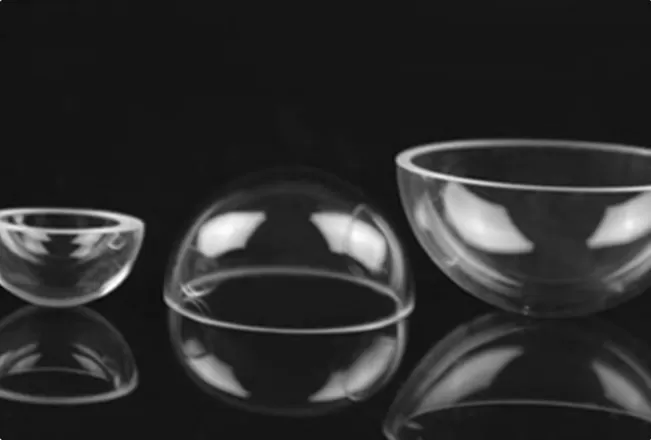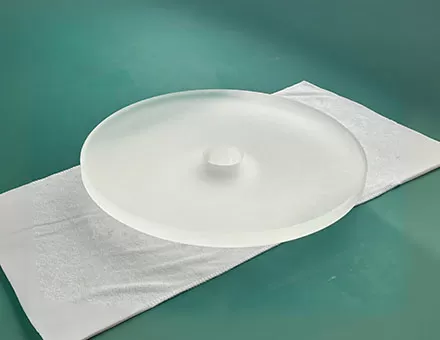A plano cylindrical lens is a special type of optical element with a cylindrical surface, typically used to focus or diverge light in a single direction. Unlike traditional spherical lenses, plano cylindrical lenses have curvature in only one direction, enabling them to alter the shape of the beam. They are widely used in laser technology, optical imaging, medical equipment, and industrial inspection. This article will provide a detailed introduction to the basic principles, types, applications, and importance of plano cylindrical lenses in optical systems.
Basic Principles of Plano Cylindrical Lenses
The core characteristic of plano cylindrical lenses is their asymmetric optical design. One surface is flat, while the other is a cylindrical curve. This design allows the plano cylindrical lens to refract light only in the plane perpendicular to its curvature direction, leaving the parallel plane unaffected.
Specifically, when a parallel light beam passes through a pano cylindrical lens, the beam either focuses or diverges in the direction of the curvature while remaining parallel in the other direction. This property enables a plano cylindrical lens to convert a point light source into a line light source or vice versa, thus adjusting the shape of the light beam.
Types of Plano Cylindrical Lenses
Based on their optical characteristics and uses, plano cylindrical lenses can be categorized into the following types:
Convex Cylindrical Lens
A convex cylindrical lens has an outward convex curvature, which can focus a parallel light beam into a line. It is typically used to expand a point light source into a line light source or to correct astigmatism in optical systems.
Concave Cylindrical Lens
A concave cylindrical lens has an inward concave curvature, enabling it to diverge parallel light beams. It is commonly used for laser beam shaping or correcting optical systems.
Plano-Convex Cylindrical Lens
A plano-convex cylindrical lens has one flat surface and one convex cylindrical surface. This simple and cost-effective design is suitable for most beam shaping applications.
Plano-Concave Cylindrical Lens
A plano-concave cylindrical lens has one flat surface and one concave cylindrical surface. It is primarily used for beam divergence or correcting optical systems.
Applications of Plano Cylindrical Lenses
Plano cylindrical lenses are widely used in the optical field. Here are some typical application scenarios:
Laser Technology
In laser systems, plano cylindrical lenses are often used for beam shaping. For example, they can convert a circular laser beam into a linear laser beam, suitable for laser cutting, laser marking, or laser scanning applications.
Optical Imaging
In optical imaging systems, plano cylindrical lenses can correct astigmatism or distortions, improving image quality. They are used in microscopes or telescopes to compensate for optical system asymmetries.
Medical Equipment
In the medical field, plano cylindrical lenses are used in ophthalmic devices (such as corneal topographers) and laser treatment devices, helping doctors diagnose and treat eye diseases more accurately.
Industrial Inspection
In industrial inspection, plano cylindrical lenses can generate linear light sources to detect surface defects or perform dimensional measurements of objects.
Virtual Reality (VR) and Augmented Reality (AR)
In VR and AR devices, plano cylindrical lenses can adjust the light path, optimize display effects, and enhance user experience.
Design and Manufacturing of Plano Cylindrical Lenses
The design of plano cylindrical lenses needs to consider factors such as curvature radius, material refractive index, size, and surface quality. Common materials include optical glass (such as BK7, fused silica) and plastics (such as PMMA). During manufacturing, high-precision grinding and polishing techniques are required to ensure the optical performance of plano cylindrical lenses.
Additionally, the surface of plano cylindrical lenses often needs coating to reduce reflection losses and improve transmittance. Common coatings include antireflection coatings (AR coatings) and reflective coatings.
Future Development of Plano Cylindrical Lenses
With continuous advancements in optical technology, the application fields of plano cylindrical lenses will further expand. For example, plano cylindrical lenses will play a more significant role in quantum communication, ultrafast laser technology, and miniature optical systems. Simultaneously, the application of new materials and manufacturing technologies will also improve the performance and reliability of plano cylindrical lenses.
As a multifunctional optical element, plano cylindrical lenses play an indispensable role in modern optical systems. Their unique optical properties make them widely applicable in laser technology, optical imaging, medical equipment, and industrial inspection. As technology continues to develop, plano cylindrical lenses will continue to drive innovations and progress in optical technology, providing more possibilities for exploring the world of light.

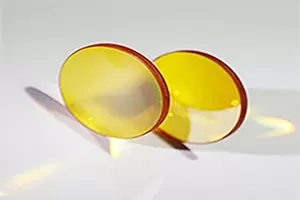
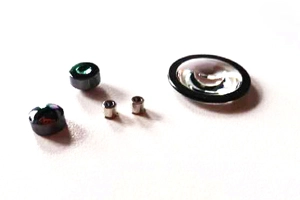





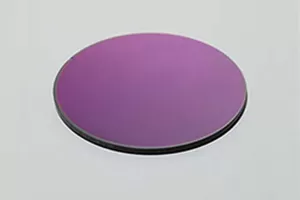

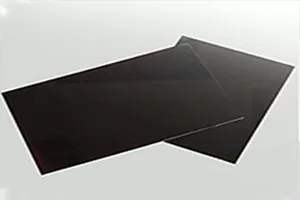
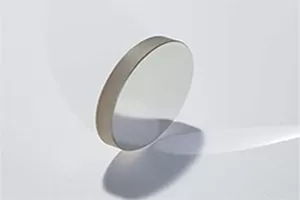


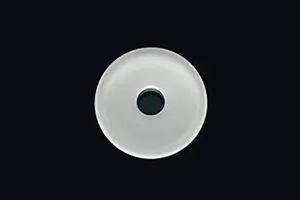
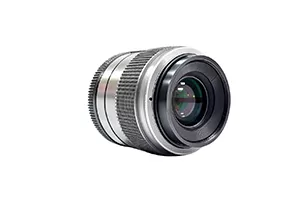

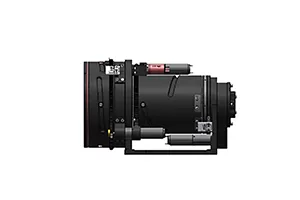
 EN
EN

